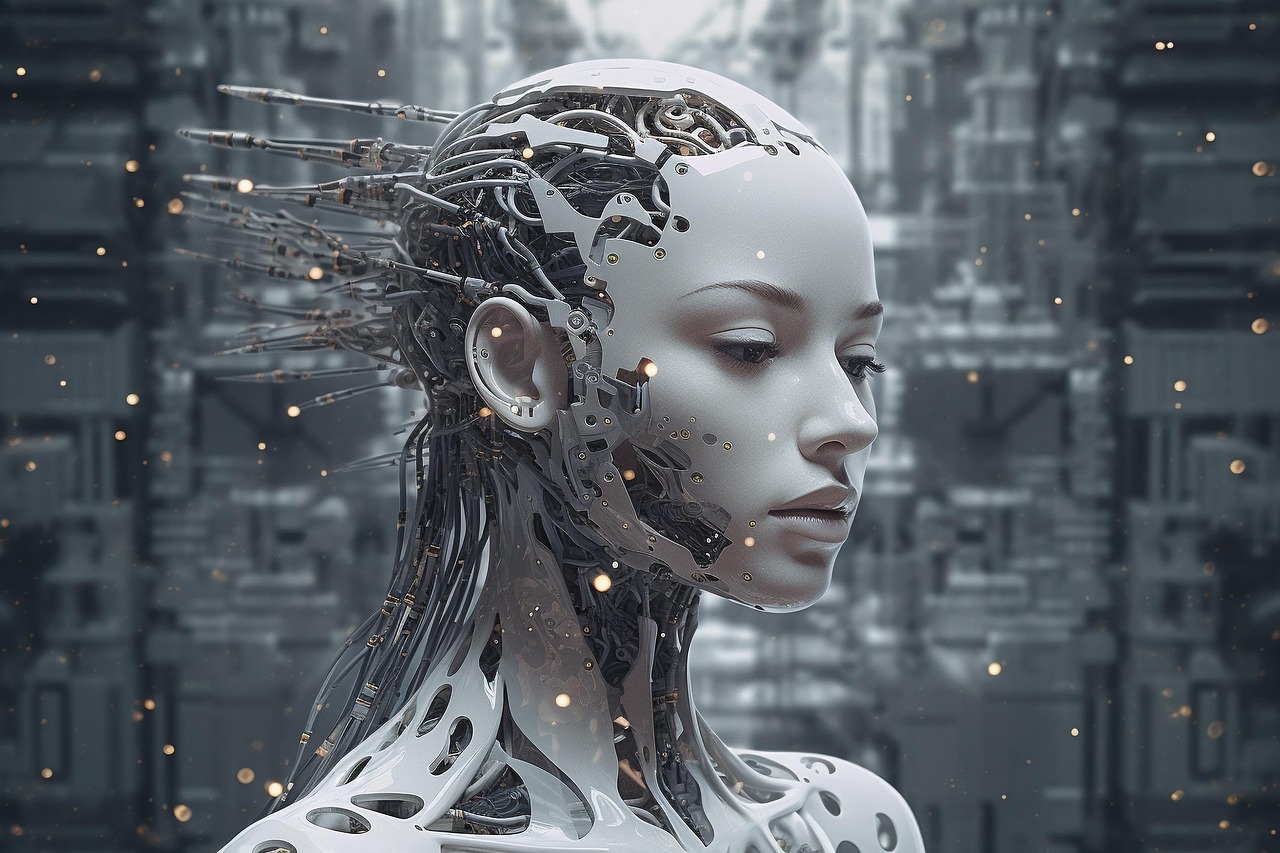Artificial Intelligence (AI) is changing how we work, think, and build software. As generative tools like GitHub Copilot, ChatGPT, and Google Gemini gain popularity, a growing concern echoes through the software development world: Will AI make human programmers obsolete? The answer isn’t as alarming as it sounds. AI isn’t killing coding — it’s killing bad coding education.
In this article, we explore how AI is reshaping the software development landscape by encouraging better education, pushing for conceptual clarity, and eliminating outdated teaching practices.
1. The Myth: AI Will Replace Programmers
One of the biggest misconceptions about AI in tech is that it will eventually replace software developers altogether. This fear is rooted in the idea that if machines can generate code, what role is left for humans?
But here’s the reality: while AI can automate boilerplate tasks, suggest code completions, and even generate functional prototypes, it still lacks the nuanced understanding, strategic thinking, and contextual judgment required to build scalable, secure, and maintainable systems.
AI Lacks Deep Contextual Thinking
AI tools work well in narrow, structured contexts. Ask them to create a basic login page or an e-commerce product listing, and they’ll deliver impressive results. But when it comes to:
- Designing software architectures
- Managing tech debt
- Performing critical debugging
- Navigating ambiguous business requirements
AI still falls short. These tasks demand creativity, collaboration, and long-term thinking — human strengths.
2. The Problem: Bad Computer Science Education
Rather than destroying coding, AI is putting a spotlight on the quality of computer science education.
For too long, many institutions have focused on syntax memorization, rigid problem sets, and outdated programming paradigms. Students graduate knowing how to code, but not how to think like software engineers. They can pass exams but struggle to solve real-world problems.
Symptoms of Poor Training:
- Overemphasis on languages over logic
- Lack of exposure to version control, testing, or software design
- Little to no collaboration or peer code reviews
- Minimal focus on debugging and maintenance
- Siloed theory disconnected from practical application
AI exposes this weakness. A student who simply learns to follow rote patterns can now be replaced by a chatbot. But a student who understands how systems work, how to design clean APIs, and how to debug complex interactions remains invaluable.
3. AI as a Learning Accelerator, Not a Shortcut
Well-trained students and professionals can use AI to accelerate their learning and productivity. Here’s how:
a. Instant Feedback
AI-powered tools give real-time suggestions, helping users understand mistakes, explore alternatives, and see different ways to solve the same problem.
b. Contextual Help
Instead of memorizing syntax, learners can focus on concepts while AI handles repetitive tasks. Want to write a recursive algorithm but forget the exact syntax? Ask AI and move forward with the logic.
c. Curiosity Amplifier
With AI, curious learners can ask “why” and “how” more frequently — promoting deeper understanding. They can explore edge cases, test their understanding, and build confidence faster than through traditional tutorials.
d. Skill Differentiator
AI gives novice coders a safety net but also raises the bar for what is expected. Those who use AI to deepen their knowledge, explore architecture patterns, or automate testing stand out from the crowd.
4. A Shift in Curriculum: What Computer Science Should Teach Now
AI’s growing influence doesn’t signal the end of teaching programming; it redefines how and what we should teach. Curricula must evolve.
Key Areas to Emphasize:
- Problem Solving & Systems Thinking:
Encourage students to break down complex problems, design modular systems, and think algorithmically. - Software Design & Architecture:
Understanding design patterns, scalability, and clean code principles is critical in modern software development. - Version Control & Collaboration:
Git, pull requests, issue tracking — these are core tools for any real-world developer. - Testing, Debugging & Deployment:
Understanding the full lifecycle of code is vital. Automated testing, CI/CD pipelines, and containerization should be core components of modern CS programs. - Ethical & Responsible AI Use:
As AI becomes a collaborator, students should learn to use it ethically — understanding bias, privacy, and accountability.
5. Coding Isn’t Dead — It’s Maturing
The nature of coding is shifting. Just as calculators didn’t kill math, and spreadsheets didn’t eliminate accounting, AI won’t eliminate programming. Instead, it is forcing the discipline to grow up.
What This Means for the Industry:
- Routine coding tasks will become automated
- Demand will grow for architects, system thinkers, and AI-aware engineers
- Educational institutions will need to modernize or risk irrelevance
- Students must move beyond syntax and focus on strategy, systems, and software ethics
Coding will continue to be a critical skill, but it will be embedded into a broader set of responsibilities. The coders of tomorrow won’t just write code — they’ll orchestrate it, design systems that use it, and ensure its responsible deployment.
Conclusion: AI Won’t Kill Coding, It Will Save It
Rather than destroying the field of programming, AI is acting as a filter. It’s weeding out surface-level learning and shallow teaching methods. It’s exposing the gaps in computer science education that have persisted for decades.
The future belongs to those who embrace AI as a partner, not a threat. Developers who go beyond syntax — who understand systems, design with intent, and use tools wisely — will thrive.
AI is not the end of coding. It’s the end of bad computer science training. And that’s long overdue.












